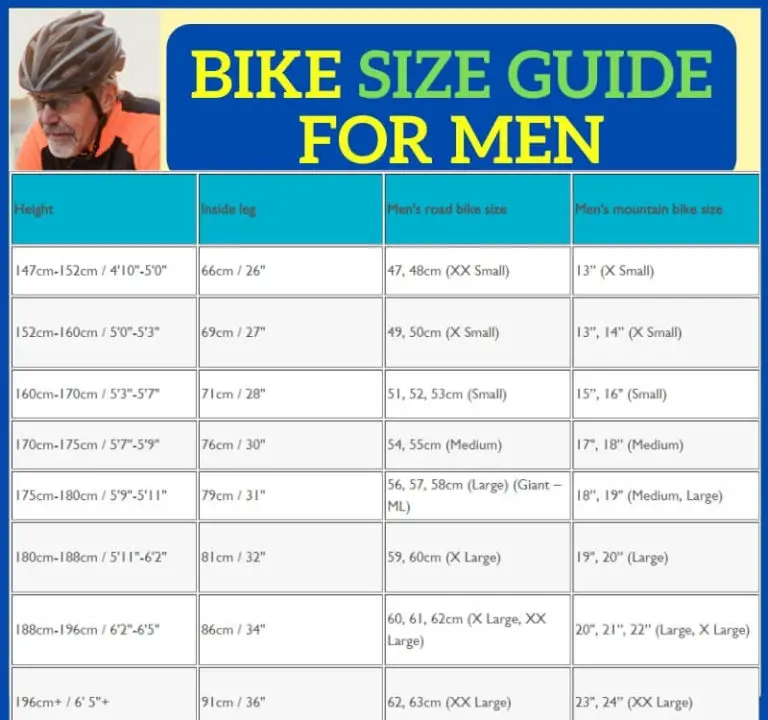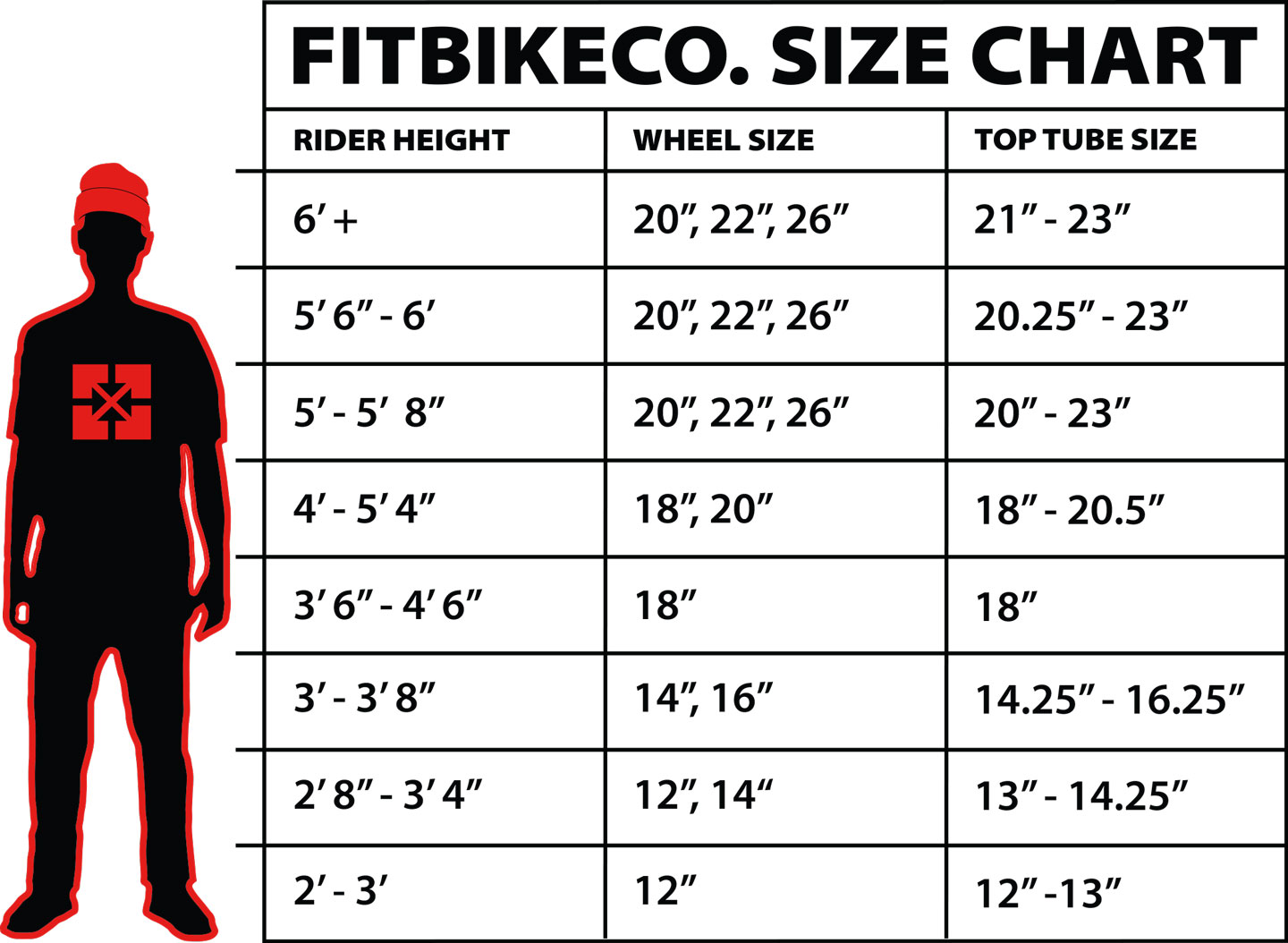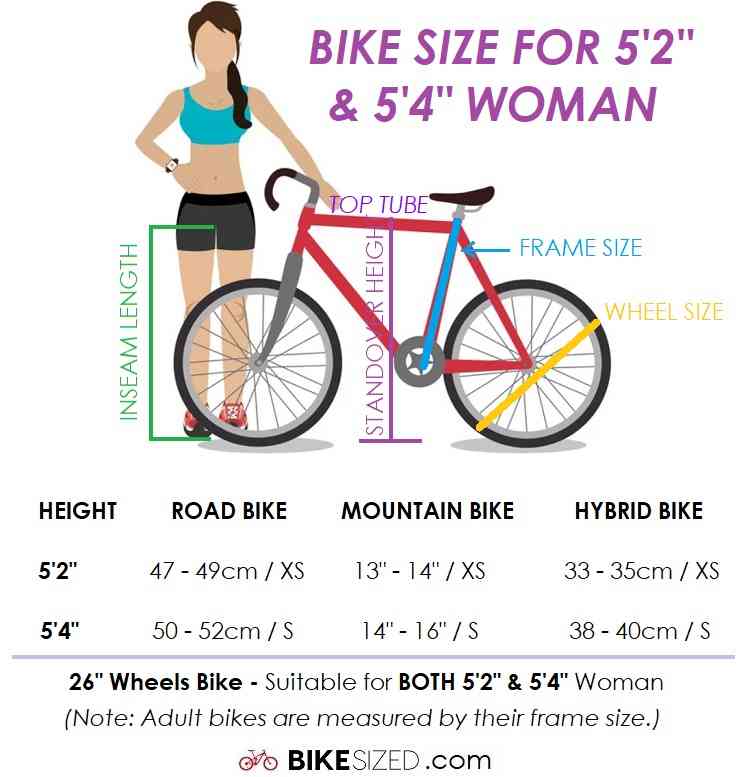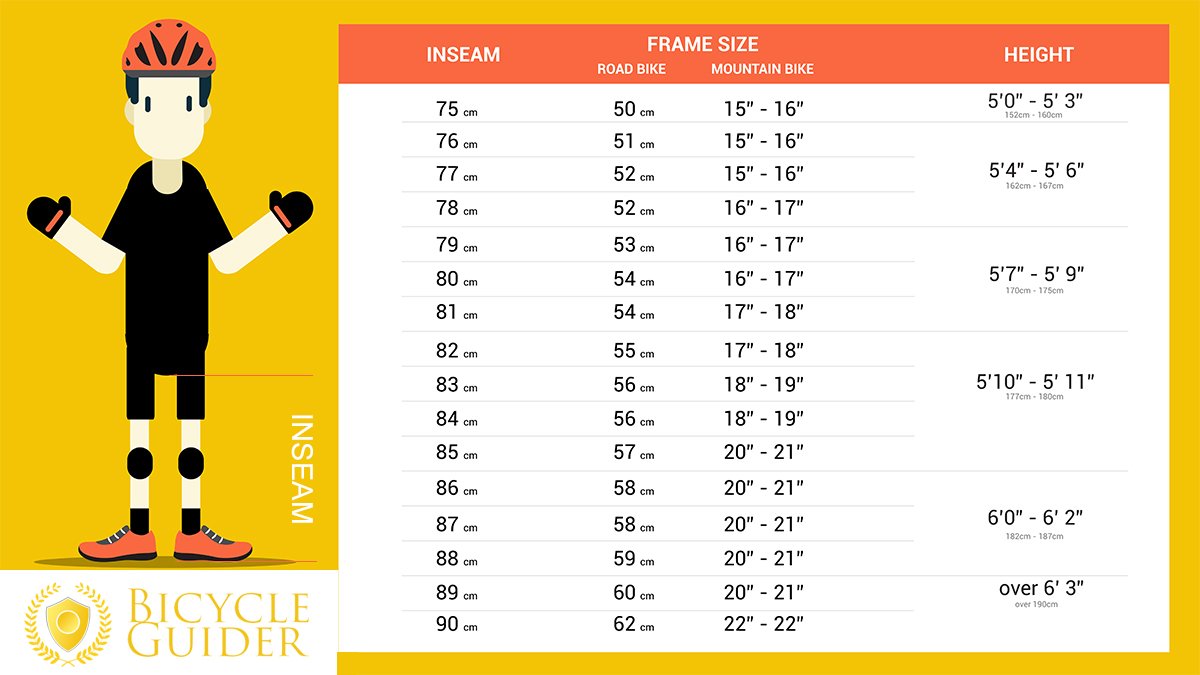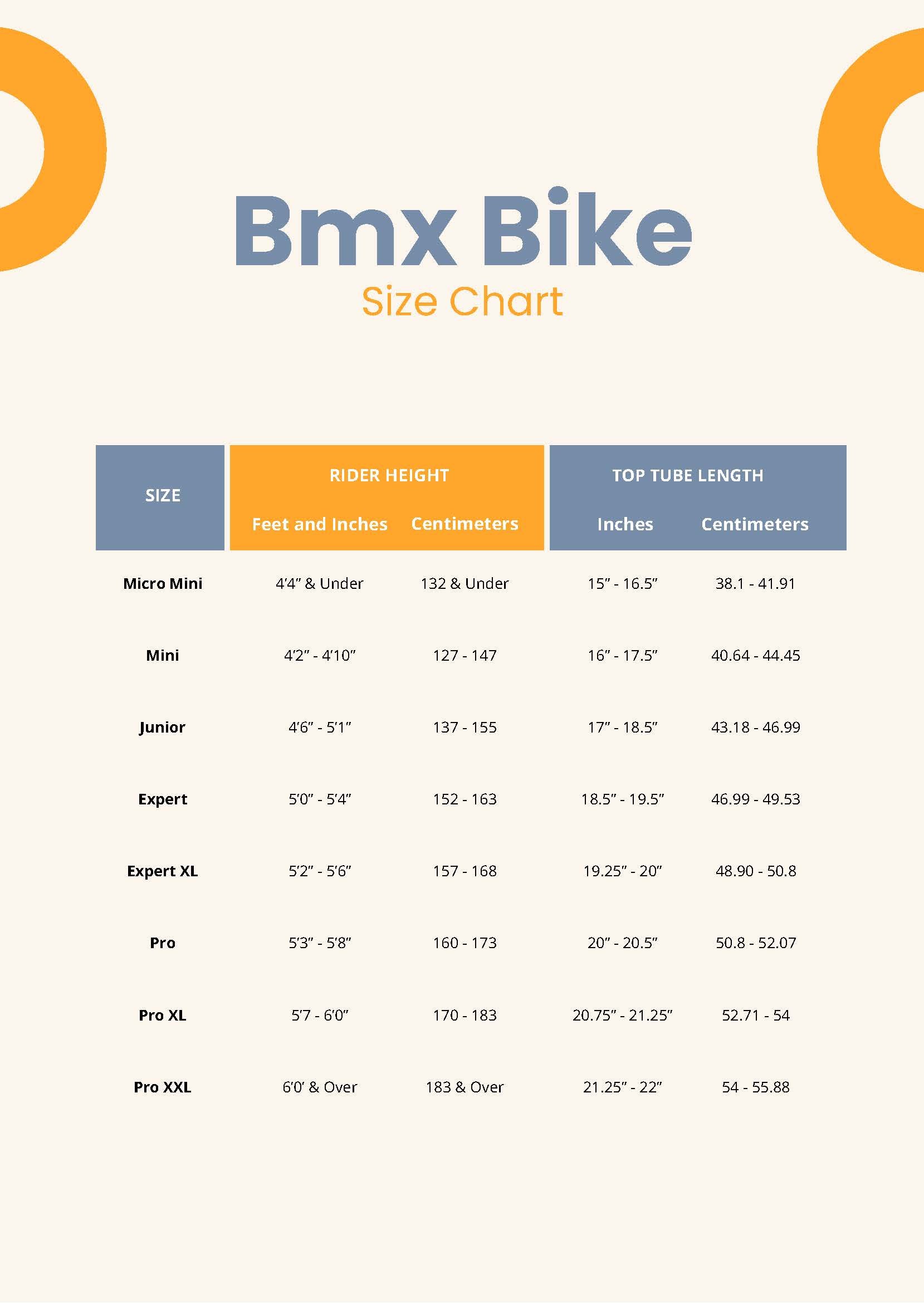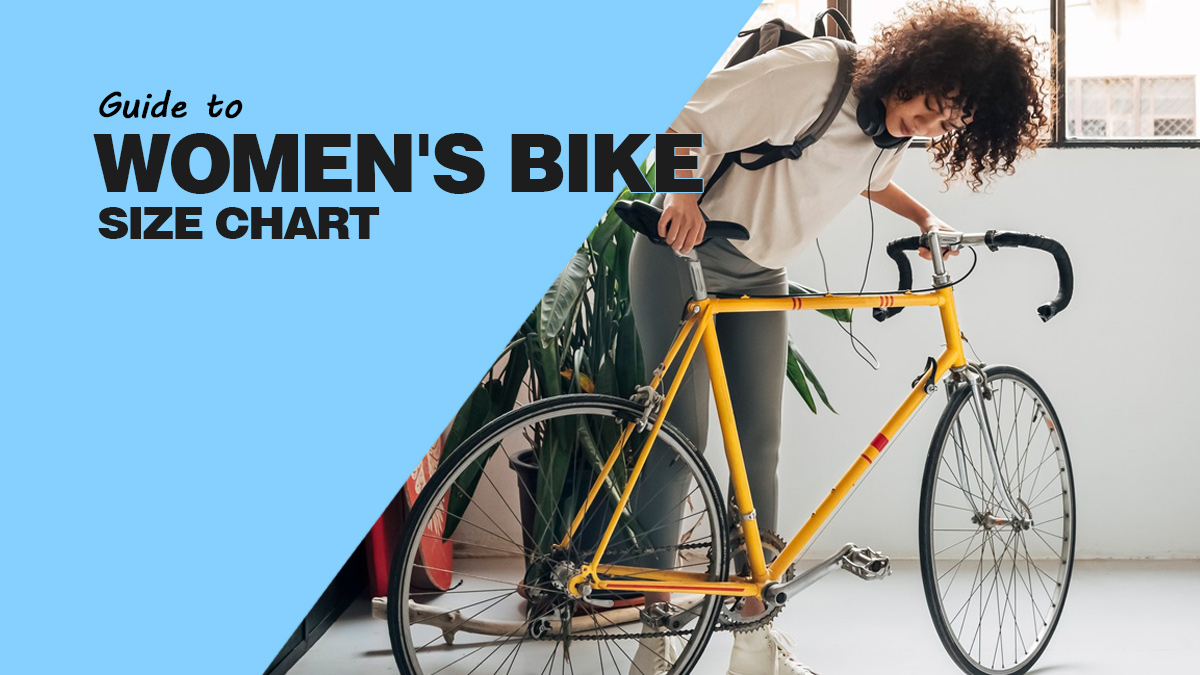How to Choose the Right Bike Size for a Comfortable Ride
Choosing the right bike size is crucial for a comfortable and enjoyable ride. A bike that is too small or too large can lead to discomfort, fatigue, and even injury. For women, finding the perfect fit is especially important, as it can affect their performance, confidence, and overall cycling experience. A well-fitting bike can make all the difference in achieving a comfortable ride, improved performance, and reduced risk of injury. In this guide, we will provide a comprehensive women’s bicycle size chart to help readers find their perfect fit.
When it comes to women’s bike sizing, there are several factors to consider. Height, inseam, and riding style all play a significant role in determining the ideal bike size. A bike that is too small may cause the rider to feel cramped and uncomfortable, while a bike that is too large may make it difficult to control. By considering these factors and using a women’s bicycle size chart, riders can find a bike that fits their needs and provides a comfortable ride.
In addition to comfort, choosing the right bike size can also impact performance. A well-fitting bike can help riders maintain a more efficient pedaling position, reduce fatigue, and increase speed. Furthermore, a bike that fits properly can also reduce the risk of injury, as it can help prevent accidents caused by poor bike handling or loss of control.
With so many bike sizes and styles available, it can be overwhelming to find the perfect fit. However, by using a women’s bicycle size chart and considering individual factors, riders can make an informed decision and find a bike that meets their needs. In the following sections, we will provide a detailed women’s bicycle size chart and offer tips on how to measure yourself for a women’s bike.
Understanding Women’s Bike Sizing: Key Factors to Consider
When it comes to women’s bike sizing, there are several key factors to consider. These factors can significantly impact the fit and comfort of the bike, and ultimately affect the rider’s performance and overall cycling experience. The three main factors to consider are height, inseam, and riding style.
Height is a crucial factor in determining the ideal bike size. A bike that is too small or too large can cause discomfort and affect the rider’s ability to control the bike. In general, a rider’s height will determine the ideal frame size, with taller riders requiring larger frames and shorter riders requiring smaller frames.
Inseam is another important factor to consider. The inseam measurement is the distance from the floor to the crotch, and it can affect the rider’s position on the bike. A bike with a seat height that is too high or too low can cause discomfort and affect the rider’s ability to pedal efficiently.
Riding style is also a key factor to consider. Different types of riding, such as road biking, mountain biking, or commuting, require different bike sizes and styles. For example, a road bike may require a more aggressive riding position, while a mountain bike may require a more upright position.
By considering these factors, riders can find a bike that fits their needs and provides a comfortable ride. A well-fitting bike can improve performance, reduce fatigue, and increase overall cycling enjoyment. In the next section, we will provide a comprehensive women’s bicycle size chart to help readers find their perfect fit.
Women’s Bike Size Chart: A Comprehensive Guide
The following women’s bicycle size chart provides a comprehensive guide to finding the perfect fit. The chart includes measurements for different types of bikes, including road bikes, mountain bikes, and hybrid bikes.
Women’s Bike Size Chart:
| Height (in) | Inseam (in) | Road Bike Size | Mountain Bike Size | Hybrid Bike Size |
|---|---|---|---|---|
| 5’0″-5’3″ | 26″-28″ | 44-46cm | 13-15in | Small |
| 5’4″-5’6″ | 28″-30″ | 46-48cm | 15-17in | Medium |
| 5’7″-5’9″ | 30″-32″ | 48-50cm | 17-19in | Large |
| 5’10”-6’0″ | 32″-34″ | 50-52cm | 19-21in | Extra Large |
To use the chart, simply find your height and inseam measurements and match them to the corresponding bike size. Keep in mind that this is just a general guide, and the best way to ensure a comfortable fit is to test ride a bike before purchasing.
It’s also important to note that different bike manufacturers may have slightly different sizing, so be sure to check the manufacturer’s size chart for specific guidance. Additionally, consider consulting with a professional bike fitter or taking a bike fitting class to ensure the best possible fit.
How to Measure Yourself for a Women’s Bike
To ensure a comfortable and proper fit on a women’s bike, it’s essential to take accurate measurements of your body. Here’s a step-by-step guide on how to measure yourself for a women’s bike:
Height Measurement:
Stand against a wall with your feet shoulder-width apart and your back straight. Measure the distance from the floor to the top of your head. This will give you your overall height.
Inseam Measurement:
Stand against a wall with your feet shoulder-width apart and your back straight. Measure the distance from the floor to the crotch seam of your pants. This will give you your inseam measurement.
Arm Length Measurement:
Hold your arm straight out to the side at shoulder height. Measure the distance from the center of your back to the tip of your middle finger. This will give you your arm length.
Tips for Accurate Measurements:
To ensure accurate measurements, make sure to:
- Stand up straight and relax your shoulders
- Use a flexible measuring tape or a ruler
- Take multiple measurements to ensure accuracy
- Consider having a friend or family member help you take measurements
Once you have taken your measurements, you can use the women’s bicycle size chart to find the perfect fit for your body. Remember to consider your riding style and the type of bike you plan to ride when selecting a size.
Popular Women’s Bike Models and Their Corresponding Sizes
When it comes to choosing a women’s bike, there are many great models to consider. Here are some popular women’s bike models and their corresponding sizes:
The Trek Lexa is a popular women’s road bike that comes in a range of sizes, including:
- XS: 44-46cm (5’0″-5’3″)
- S: 46-48cm (5’4″-5’6″)
- M: 48-50cm (5’7″-5’9″)
- L: 50-52cm (5’10”-6’0″)
Specialized Ruby:
The Specialized Ruby is a popular women’s road bike that comes in a range of sizes, including:
- XS: 44-46cm (5’0″-5’3″)
- S: 46-48cm (5’4″-5’6″)
- M: 48-50cm (5’7″-5’9″)
- L: 50-52cm (5’10”-6’0″)
Cannondale Synapse:
The Cannondale Synapse is a popular women’s hybrid bike that comes in a range of sizes, including:
- XS: 44-46cm (5’0″-5’3″)
- S: 46-48cm (5’4″-5’6″)
- M: 48-50cm (5’7″-5’9″)
- L: 50-52cm (5’10”-6’0″)
When choosing a women’s bike, it’s essential to consider the specific model and its corresponding size chart. This will ensure a comfortable and proper fit, which is critical for performance and safety.
Tips for Ensuring a Comfortable Fit
Once you’ve found the right bike size using our women’s bicycle size chart, there are several additional tips to ensure a comfortable fit:
Adjust the Saddle Height:
The saddle height should be adjusted so that your leg is almost fully extended when the pedal is in its lowest position. This will help prevent strain on your knees and ensure a comfortable riding position.
Adjust the Handlebar Height:
The handlebar height should be adjusted so that your back is straight and your hands are in a comfortable position on the handlebars. This will help prevent strain on your back and neck.
Adjust the Cleat Position:
The cleat position should be adjusted so that your foot is in a comfortable position on the pedal. This will help prevent strain on your feet and ankles.
Test Ride the Bike:
Before purchasing a bike, it’s essential to test ride it to ensure a comfortable fit. Pay attention to how the bike feels and whether you’re able to maintain a comfortable riding position.
By following these tips and using our women’s bicycle size chart, you’ll be able to find a bike that fits your needs and provides a comfortable ride. Remember to always prioritize comfort and safety when choosing a bike, and don’t hesitate to consult with a professional if you need additional guidance.
Common Mistakes to Avoid When Choosing a Women’s Bike Size
When choosing a women’s bike size, there are several common mistakes to avoid. These mistakes can lead to a poor fit, discomfort, and even injury. Here are some common mistakes to avoid:
Relying Solely on Height or Inseam Measurements:
While height and inseam measurements are important factors in determining bike size, they should not be the only considerations. Riding style, body proportions, and personal preferences also play a significant role in determining the perfect fit.
Not Considering Riding Style:
Riding style is a critical factor in determining bike size. For example, a road bike requires a more aggressive riding position than a hybrid bike. Failing to consider riding style can lead to a poor fit and discomfort.
Not Test Riding a Bike:
Test riding a bike is essential to ensure a comfortable fit. It allows you to experience the bike’s geometry, handling, and overall feel. Failing to test ride a bike can lead to a poor fit and buyer’s remorse.
Not Consulting with a Professional:
If you’re unsure about your bike size or have questions about the fitting process, it’s essential to consult with a professional. A professional bike fitter can help you determine the perfect fit and ensure a comfortable riding experience.
By avoiding these common mistakes, you can ensure a comfortable and proper fit on your women’s bike. Remember to always prioritize comfort and safety when choosing a bike, and don’t hesitate to seek professional advice if needed.
Conclusion: Finding Your Perfect Fit with Our Women’s Bike Size Chart
In conclusion, choosing the right bike size is crucial for a comfortable and enjoyable ride. Our women’s bicycle size chart provides a comprehensive guide to help you find your perfect fit. By considering your height, inseam, and riding style, you can ensure a comfortable and proper fit on your bike.
Remember to always prioritize comfort and safety when choosing a bike, and don’t hesitate to consult with a professional if needed. Test riding a bike before purchasing is also essential to ensure a comfortable fit.
By following the tips and guidelines outlined in this article, you can find your perfect fit and enjoy a comfortable and enjoyable ride. Whether you’re a seasoned cyclist or just starting out, our women’s bicycle size chart is the perfect resource to help you find the right bike for your needs.
So why wait? Start exploring our women’s bicycle size chart today and find your perfect fit. Happy cycling!


